 |
 |
 |
 |
 |
 |
 |
 |
 |
 |
 |
 |
 |
 |
 |
 |
 |
 |
 |
 |
 |
 |
 |
 |
 |
 |
 |
 |
 |
 |
 |
 |
 |
 |
 |
 |
 |
 |
 |
 |
 |
 |
 |
 |
 |
 |
 |
 |
 |
 |
 |
 |
 |
 |
 |
 |
 |
 |
 |
 |
 |
 |
 |
 |
 |
 |
 |
 |
 |
 |
 |
 |
 |
 |
 |
 |
 |
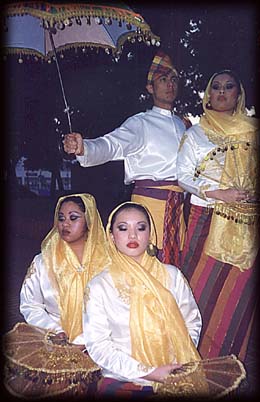 |
|
MISS PHILIPPINES
Beyond 2001 |
|
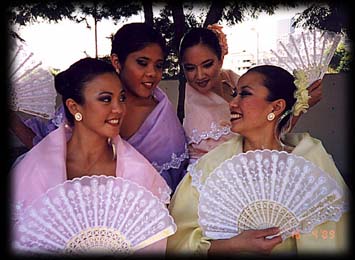 |
|
|
|
|
|
| The National Costume Debate |
|
|
|
B
R
I
N
G
B
A
C
K
T
H
E
G
L
O
R
Y
O
F
T
H
E
N
A
T
I
O
N
A
L
C
O
S
T
U
M
E
! |
|
|
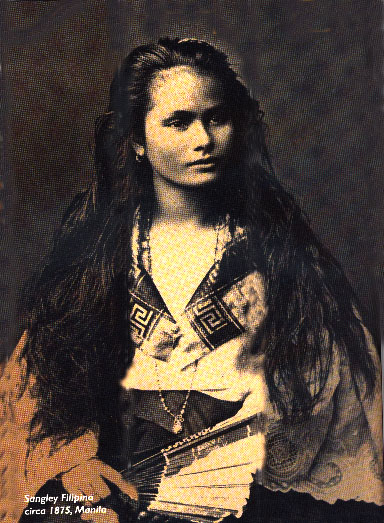 |
|
|
|
|
THE WAY THE WA
WAS SHE WAS SHE |
|
|
|
|
|
|
|
EARLY IMAGES OF THE FILIPINA |
|
|
|
|
|
|
|
"For my part, this I can say, her color seems to me even more strange, and I find it difficult to compare it with anything. They have beautiful black hair. The fact is that I have never seen among any other people such beautiful hair as that of the native women of Manila. They have beautiful eyes, well shaped and black."
-Frenchman Le Gentil (1769) |
|
|
|
|
|
|
|
EARLY IMAGES OF THE FILIPINA |
|
|
|
|
|
|
|
"These women are very beautiful, for al-though their skin is dusky, the ruddiness of their blood shows through it on the cheek, producing a very beautiful color, and their dark lustrous eyes in general lit up with intel-ligence and vivacity of expression, more than those of any natives I have seen elsewhere.
The hair is one of the most remarkable beau-ties in the women, being very much longer and of a finer gloss, than that of any Euro-peans."
-Scottish Robert MacMicking (1848) |
|
|
|
|
|
|
FILIPINA BEAUTY OF 1875
The image that captured the
hearts of visiting Europeans. |
|
|
|
|
|
|
|
|
|
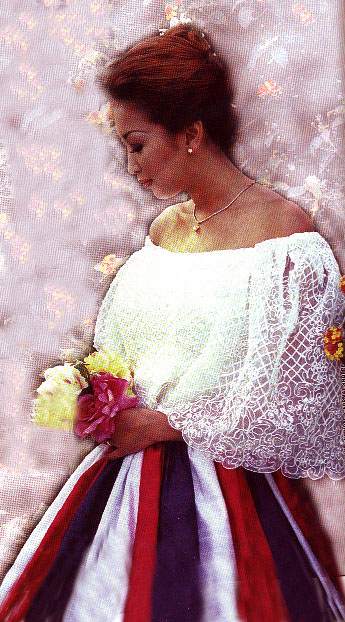 |
|
|
|
Frenchman Le Gentil writes about the Mestiza Dress: "The chemise, over which they put noth-ing, is loose fittingand made of fabric so fine that it conceals nothing. Furthermore, the chemise is cut so low that is, to say, so open at the top-that
it leaves uncovered the upper part of the shoul- ders and half of the breast. It is true that almost all these women wear an embroidered kerchief over the chemise, but this kerchief, to my mind, is nothing but a refinement of coquetry indeed. |
|
|
|
|
|
|
|
The skirt comes under the chemise and a clean 'tapis' is put over this skirt; but as it does not come more than halfway down the leg, it exposes all the lower part of the skirt; and the tapis is wrapped so closely that from behind one can see the shape of the body. Add to this the tiny slip- pers the native women wear and which, with the tight fitting tapis, perhaps require them to adopt their peculiar style of walking, and you will get an idea of the modest garments of the women of the Philippines!" |
|
|
|
|
|
|
|
THE MESTIZA DRESS |
|
|
|
|
|
|
|
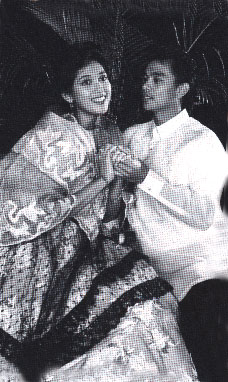 |
|
Miss Philippines World of 1983
(left), Marilou
Sadiua, wears an authentic Mestiza
dress in a 1989 production of the zarzuela "Philip- pines Circa 1907." What does this picture prove? The Mes-tiza dress is not passe'. Still re-tains it's charm even when worn by today's Filipi- na. Time to bring it back? |
|
|
|
|
|
|
|
|
|
All Pictures Appear Courtesy of Filipinas Magazine |
|
|
|
|
|
|
|
"Let us once again clothe our contestants in this dress very much admired by historians of the Spa-nish era. What an impact Miss Philippines will make when seen in this national costume with it's delicate
chemise and full skirt wrapped in a tight 'tapis' all made with the finest silks and finished in the best
authentic local embroidery.Yes, the Philippines can!
What need is there to still go to foreign designers if the best materials and craftsmanship are all available in local shores?"
-Heimlich |
|
|
|
|
|
|
|
|
When was the last time Miss Philippines appeared this grand on the international stage? This costume will blow the minds of people away! A bit Spanish, but not quite, an enigma of sorts that will make people wonder! A hybrid! |
|
|
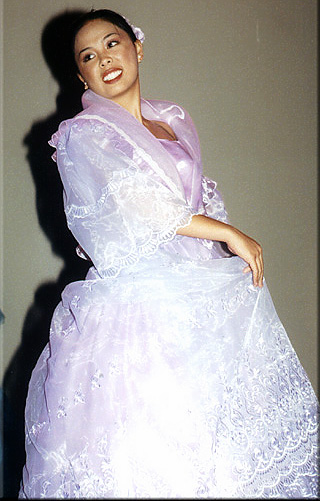 |
|
|
|
|
|
|
A
C
O
S
T
U
M
E
F
I
T
F
O
R
A
Q
U
E
E
N |
|
|
|
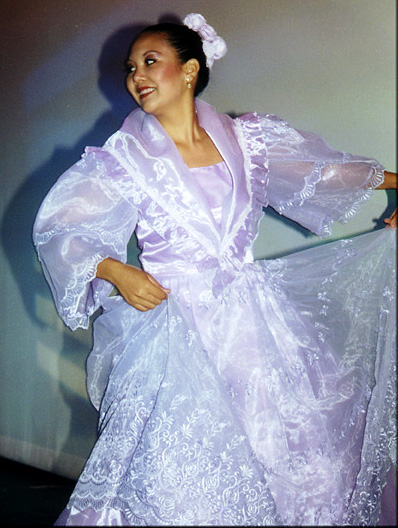 |
|
|
|
|
|
|
Miss Philippines Beyond 2001 highly recom-
mends! In search of something uniquely Fili-pino? Search no further. Enough of experi-menting with the unknown! Miss Philippines should go back to her rich cultural roots for inspiration. A wealth of style seldom seen! |
|
|
|
|
|
|
|
|
|
|
THE ETERNAL
TERNO |
|
|
|
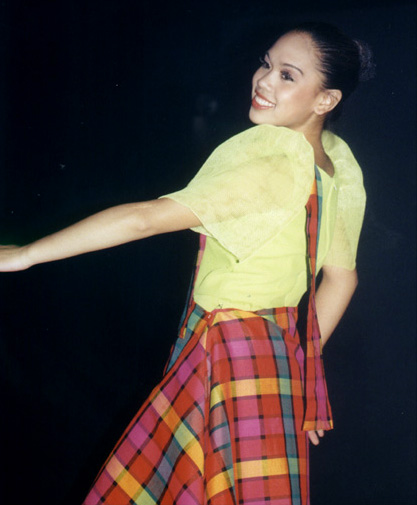 |
|
|
|
|
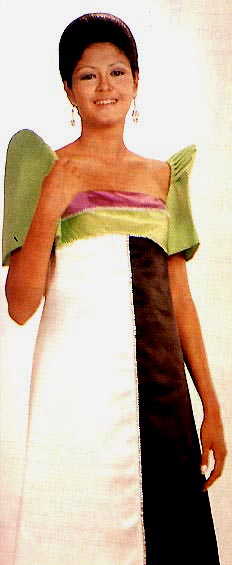 |
|
|
|
|
T
H
E
V
E
R
S
A
T
I
L
E
T
E
R
N
O
|
|
T
H
E
V
E
R
S
A
T
I
L
E
T
E
R
N
O
|
|
|
|
|
|
|
|
|
|
|
Miss Philippines should learn a few tips from Miss India! Lara, Priyanka, and Yukta all wore the Sari whenever they got the chance; and not just their everyday Sari, but the best that money can buy! And why not? How many of the world's delegates still wear their national cost-ume with pride? When-ever Miss India walks in, all eyes are on her and her jewelry, her ornate Sari, her perfectly coiffed hair-style. Miss Philippines should do the same and what attention she will get the moment she enters a room wearing the finest TERNO made of the best pina cloth and appliqued with the most exquisite
old world embroidery! |
|
|
|
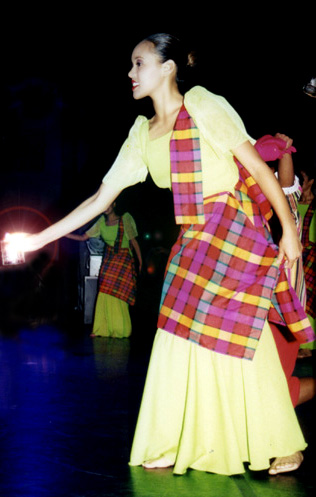 |
|
|
|
|
|
|
Evangeline Pascual, Miss Re-public of the Philippines 1973 and First Runner-up at Miss World, shows us exactly how to wear the TERNO : perfect-ly coiffed hair pulled back in a tight bun (memories of Imelda Marcos?) and hand slightly clutching the signature butter-fly sleeves! Result, pure gla-mour without even trying! A-gain, Miss Philippines Beyond 2001 highly recommends this truly very Filipina garb that only a Binibini can give justice to. Vangie's version of the TERNO might be outdated, but it's appeal is forever! |
|
|
|
|
|
|
 |
|
MUSLIM ROYALTY |
|
|
|
A Muslim inspired national costume? It is not new
at all! Ruffa wore one in Miss World 1993 with her sarimanok motif; and so did Cara Subijano in Miss World 1994. The latest one to join the club is Miss Josephine Canonizado in Miss Asia Pacific 2000. |
|
|
|
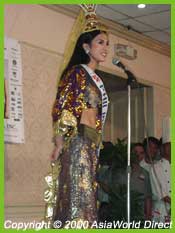 |
|
|
The Miss Asia Pacific Or-ganization did the right thing when they dressed Josephine in this Muslim inspired national costume for the 2000 Pageant. Un-deniably Filipina, unmista-kably dazzling, and far better than what the Bini-bini Organizers have done! Truly a class act to follow. |
|
|
|
|
|
|
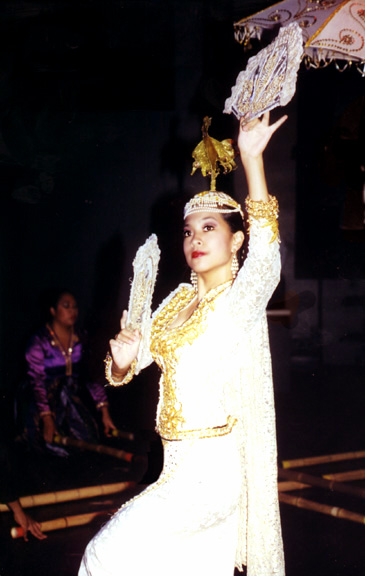 |
|
|
|
|
Quality craftsmanship doesn't have to be of foreign origin. Local designers are as equally capable or per- haps even more. This Muslim Princess tribal costume
certainly proves that Filipinos are gifted artists! |
|
|
|
|
|
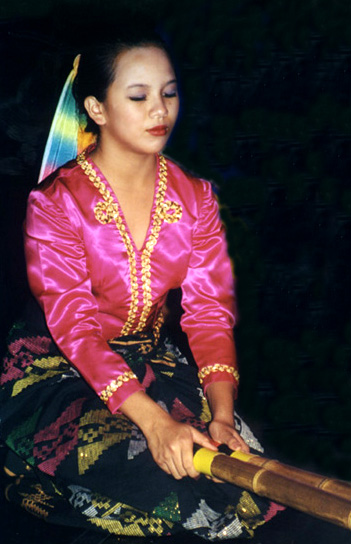 |
|
|
|
|
B
E
A
U
T
Y
M
U
S
L
I
M
R
O
Y
A
L
T
Y |
|
|
|
|
|
|
|
|
The tribal costume of the Muslim South is defi- nitely fit for royalty! The heavily beaded and em- broidered ensemble closely rivals the Indian Sari in its originality, uniqueness and cultural heritage. Miss Philippines has been missing a lot by not showcasing this part of her country's heritage! This is exactly what the world yearns to see : a fleeting yet memorable glimpse of her culture. |
|
|
|
|
|
|
|
|
THE PHILIPPINE NATIONAL COSTUME IS NOT JUST ONE, BUT AN ENDLESS VARIETY THE WORLD HAS YET TO DISCOVER !!! |
|
|
|
|
|
This is how the Miss Philip-pines Pageant should look like! Delegates from various regions of the country dressed in the original cos-tume of their ethnic origin! The winner of the night's pageant gets to wear her costume in the international stage! With the diversity of tribes that exist, the dele-gates will never run out of ideas. Variety adds spice! |
|
|
|
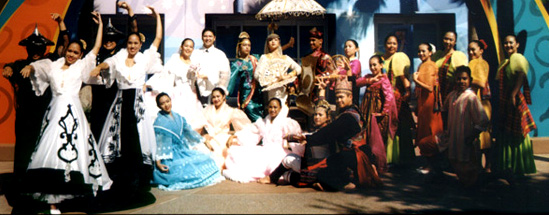 |
|
|
|
|
|
THE NATIONAL COSTUME DEBATE IS FAR FROM OVER! |
|
|
|
|
 |
|
 |
|
|
WHERE DO YOU WANNA GO? |
|
|
|
BACK TO HOMEPAGE
CLICK ON ARROW |
|
|
VISIT SAME TOPIC AT BEYOND 2000 |
|
|
|
|
|
|
|
|







